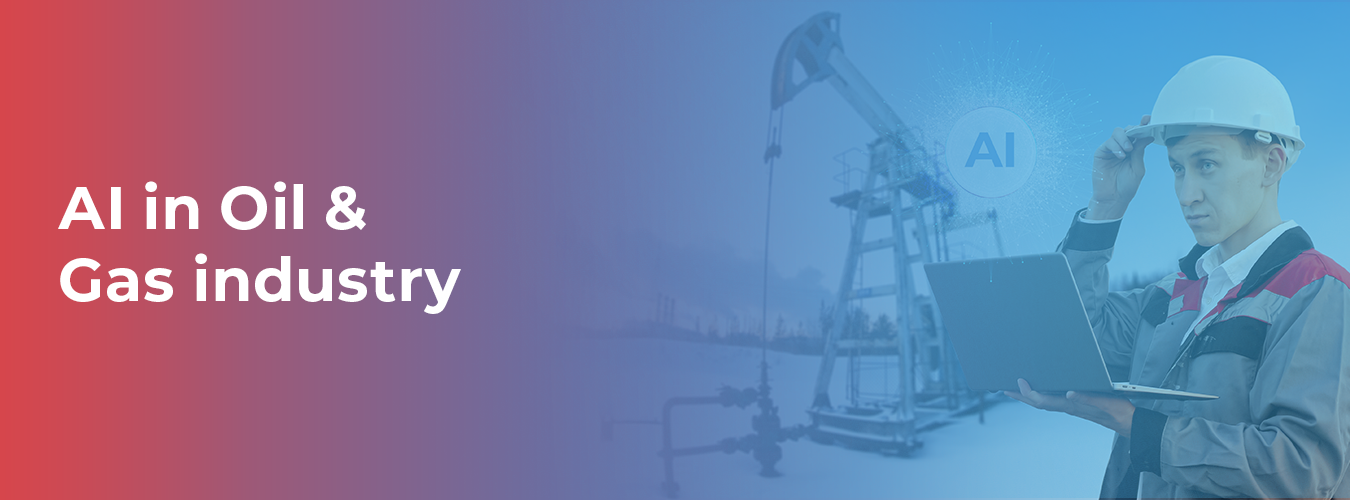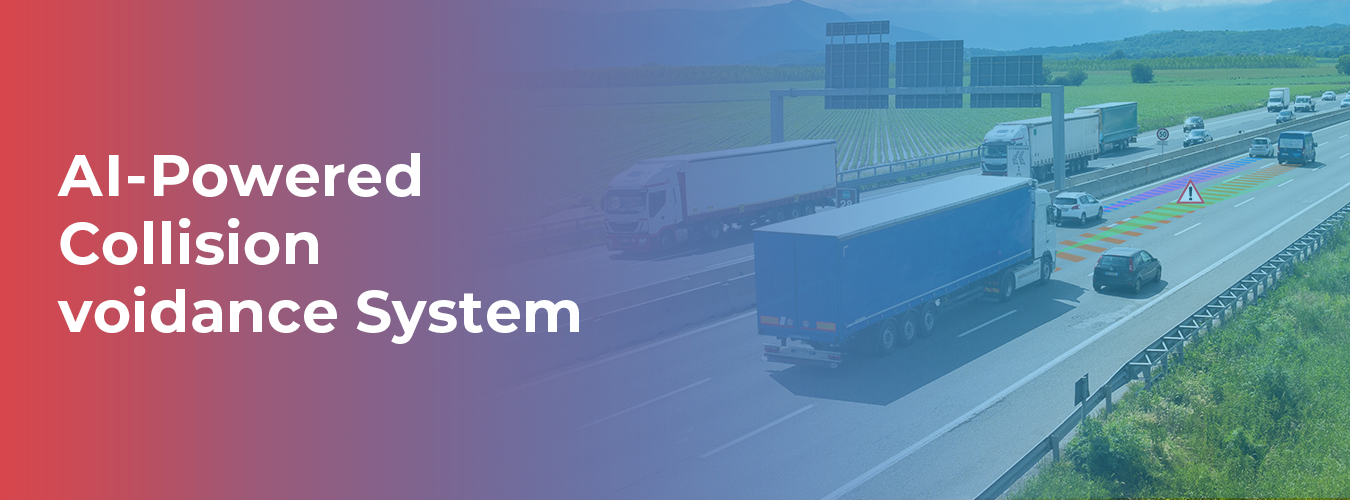The surge of multilingual audio datasets has changed the way AI training is done, language is learned, and indeed, data is used in Science. Be it training AI models or communicating seamlessly with language speakers across language barriers, these datasets are among the core assets of the technological system. But what are multilingual datasets exactly? Why do they have such significance? In what way can organizations such as Macgence be instrumental in the development and application of such datasets?
This blog addresses all of the questions you might have about multilingual audio datasets; their pros and cons, the challenges encountered, and the best practices and examples from real life. By the time you finish reading this piece you will appreciate why they are of much importance and how you can put them to use for great things.
What Are Multilingual Audio Datasets?
Generally, multilingual audio datasets refer to various audio files that contain recordings of people speaking in various languages and are sometimes accompanied by written copies in the form of transcripts, translation or context explanations. Such data sets have a core role in the training of ML models that have the ability to recognize and comprehend spoken language in various language and dialect contexts.
To illustrate, a dataset comprising audio with English, Spanish, Mandarin, and Arabic and English translations with transcriptions can be used in engineering a model for an NLP driven multilingual audio dataset. Similarly, datasets aimed at language learning tools can have the same set of speech samples with native phonetic representations together with dialogues from the context where the words will be used.
Why Are Multilingual Audio Datasets Important?
1. Fueling AI Development
Multilingual datasets are indispensable for building AI models that seek to solve problems across the globe. Technology advancing in NLP, automatic speech recognition (ASR), and text-to-speech (TTS) systems, particularly for providing better service across several languages and dialects, have to rely on extensive, high-quality multilingual audio data.
A multilingual voice, Siri or an Alexa for instance, would require a wide base of multilingual voices as a part of its data base, to learn how to address its users in different languages. Without this fundamental piece of data, these AIs would only be able to communicate with users who speak one language, effectively losing an entire ocean of potential clients.
2. Aiding Language Learning Apps
Multilingual audio datasets are also useful to language learning apps like Duolingo and Rosetta Stone. This data would enable the app to:
- Enhance pronunciation practice where the learners’ audio input can be analyzed against native pronunciations.
- Create appropriate dialogues that are obtained from actual conversations of people across different languages.
- Have a wider scope in terms of languages taught to learners, even covering some that are less popular.
3. Supporting Data Science Initiatives
Multilingual audio datasets make the life of data scientists easier, from analyzing linguistics to developing solutions in the health care sector. The types of application use case scenarios are endless, from developing customer experience for sentiment analysis models or building speech-to-text systems for transcription.
Organizations such as Macgence are very important players in helping researchers to obtain high quality multilingual datasets in an efficient manner so as to help foster data science creativity.
Issues and Benefits of Creating Multilingual Audio Datasets
Although there are great benefits from the use of multilingual audio datasets, constructing them poses a challenge.
1. Language Representation
It is difficult to have large coverage of languages in terms of speech with high quality audio data. Many languages have sparse available resources on the speech and written corpus which makes the broadband data collection effort to be intensive.
2. Ethical and Privacy Concerns
When gathering and processing speech data, ensuring the privacy of individuals is becoming more complex. Concerning private voice samples, for example, there are rules on how such data is collected and stored and ethical principles that need to be followed.
3. Complex Annotations
Conceptually, speech recognition, translation, and annotation, all forms of text data, are crucial for quality training data to improve understanding of the data. However, without expert or mass automation of the process, the cost and time involved in the accurate annotation of multi-language datasets is very high.
4. Scope for Teeming
However, in order to mitigate the problems, Macgence and others have sought to address the issue through collaborative approaches between AI researchers, linguists, and data scientists to help solve the problem. Their expertise facilitates more effective reconciliation of multilingual datasets and observance of ethics and inclusiveness.
Best Practices for Training with Multilingual Audio Datasets
AI models can benefit from multilingual audio datasets by adhering to the strategy outlined below while training –
1. Use of Diverse Data
The audio data utilized should consist of multiple voices across different languages and accents because it will help the models in being useful across various geographies.
2. More Emphasis on Annotated Audio Data
While a sufficient amount of audio data is a necessary condition, it is not sufficient as many things like quality of transcriptions, that is, audio recordings and annotation all have a large impact on the model. Having all recordings with high SNR, labels that clearly annotate the information, and no bias are sufficient.
3. Use of Transfer Learning
Less common languages can create problems in data sets that use transfer learning, but training models on larger multilingual data sets will enable them to pick up smaller languages, provided there is enough data.
4. Protect from Bias and Unfairness
There are lots of stereotypes present in society that run deep, and this shows in the training and creation of the audio that leads to models feeding off this biased information to create predictions. So all genders, age groups and different social classes need to be addressed in the dataset that gets created.
5. Work with Experienced Dataset Providers
Macgence is one of those companies, and partners like these make curation problems easy to handle. Macgence starts off with selection of specific datasets and then helps translate and combine them as needed while maintaining reasonable ethical and technical guidelines.
Real-World Applications of Multilingual Audio Datasets
There is a lot of interesting potential in multicountry audio datasets in different sectors. A couple of good examples include:
Healthcare: With the use of an AI-powered multilingual transcription system, healthcare specialists are now able to assess and address multiple languages through voice diagnostics.
Education: The datasets used for speech recognition and auditory feedback during the learning stages make the building of language learning applications easier.
Accessibility: The provision of real-time transcription within virtual conferences greatly enhances the services rendered to hearing-impaired users.
Companies like Macgence have made these advances possible by developing datasets that enhance language teaching, international business communication, or the provision of disabilities services.
Future Trends in Multilingual Audio Dataset Development
The expansion of multicountry audio datasets seems to look good. The emerging trends are:
Focus on Underserved Languages: The creation of datasets that are representative of the people aims to make AI models more universally available across the globe.
Automated Annotation: The technologies for AI transcription and translation are improving, which makes it easier to scale high quality transcription and translation.
Cross-Modal Learning: A growing trend is emerging where audio datasets are complemented with other multimedia types such as videos or texts.
Collaborative Platforms: Experts anticipate that dataset providers, including Macgence, NGOs, universities, and businesses, will direct multilingual data development through their cooperation.
Join Hands with Macgence for a Better Tomorrow
Landing on a multilingual audio sample dataset transcends the scope of an ordinary database, it becomes the foundation stone of constructing a more advanced and inclusive civilization. Macgence provides well-crafted solutions for researchers, innovators, educators, and businesses seeking decent multilingual databases.
In case you are working on a project that requires multilingual capabilities or wish to assist in the creation of next-generation datasets, Macgence is available for cooperation. To make a request for a bespoke solution or to find out more about working with us, please visit our website.
Now is the best time to further fully utilize the capabilities of multilingual artificial intelligence. Together we create tomorrow.
FAQs
Ans: – A multilingual audio dataset typically consists of audio samples in various languages and is additionally accompanied by relevant transcribing, translating, or annotating files. Moreover, these files ensure that the data is accessible and useful for diverse applications. These datasets are crucial for training AI models in various fields such as speech recognition, language learning and data analysis.
Ans: – Macgence addresses this issue by establishing quality multilingual data sets that are explicitly relevant to the needs of the researchers or the organizations. Moreover, these data sets are tailored to ensure maximum utility and accuracy. They also provide ethical and secure practices in the collection and annotation of data in general.
Ans: – The uses range from improving computer systems that are based in various parts of the globe and speech technologies towards the enhancement of global AI systems and language education tools including ear translators as well as autocomplete programs for wider audiences from all over the region.
Macgence is a leading AI training data company at the forefront of providing exceptional human-in-the-loop solutions to make AI better. We specialize in offering fully managed AI/ML data solutions, catering to the evolving needs of businesses across industries. With a strong commitment to responsibility and sincerity, we have established ourselves as a trusted partner for organizations seeking advanced automation solutions.




